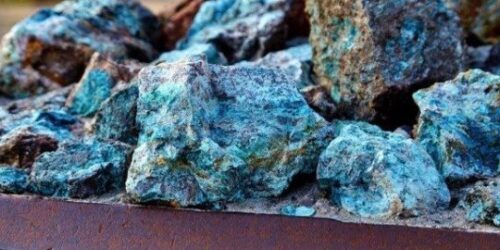The Queensland Government has partnered with Japan Oil, Gas and Metals National Corporation (JOGMEC) and the University of Queensland to study leftover cobalt in copper mine tailings.
The three-year study will take samples from Copper Resources Australia’s Rocklands copper mine in northwest Queensland.
Queensland Resources Minister Scott Stewart said this study could change the face of sustainable copper mining.
“This research could help unlock the state’s potential as a major global supplier of ethically sourced cobalt and battery manufacturing right here in Queensland,” Stewart said.
“Australia and Japan have a strong trade partnership and the Palaszczuk Government is proud to be working with JOGMEC and the University of Queensland.
“Cobalt is a highly sought-after new economy mineral that is a key component in lithium-ion batteries used in electric vehicles and battery storage systems.”
The study has the potential to turn waste into another revenue stream for copper mines globally, once results are released by 2024 in a public report and data set.
The samples will be studied at the University of Queensland’s Sustainable Minerals Institute and at JOGMEC’s laboratories in Japan.
JOGMEC chairman and chief executive officer Tetsuhiro Hosono said the joint research aimed to promote the effective use of unrecovered cobalt resources in Queensland and other parts of the world.
“This could contribute to the stable supply of minerals that are needed for a carbon-neutral society,” Hosono said.
“Should this project yield notable results, there is potential for the technology to be shared and used in other countries and regions.”
The project forms part of the Queensland Government’s five-year $23 million new Economy Minerals Initiative to develop, promote and understand the potential of critical minerals from Mt Isa to Townsville.
Director of the University of Queensland’s Sustainable Minerals Institute Neville Plint said all the pieces were in place to find substantial learnings from this research.
“As the industry seeks to reduce its environmental footprint there is growing interest in reusing mine waste as a secondary resource” Plint said.
“Through this research agreement, we have the opportunity to explore the potential to extract important critical metals from mine waste.”





